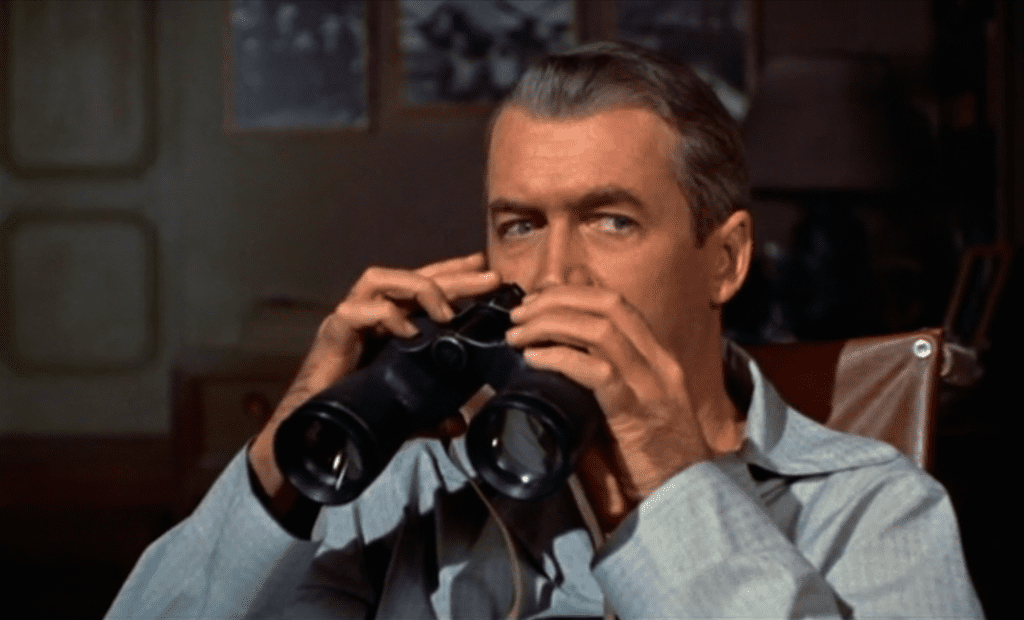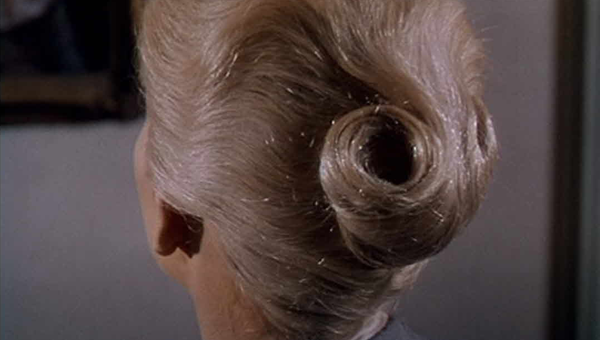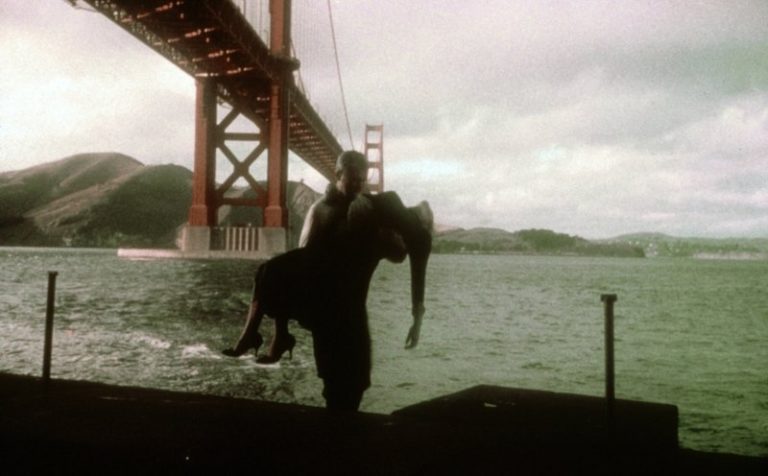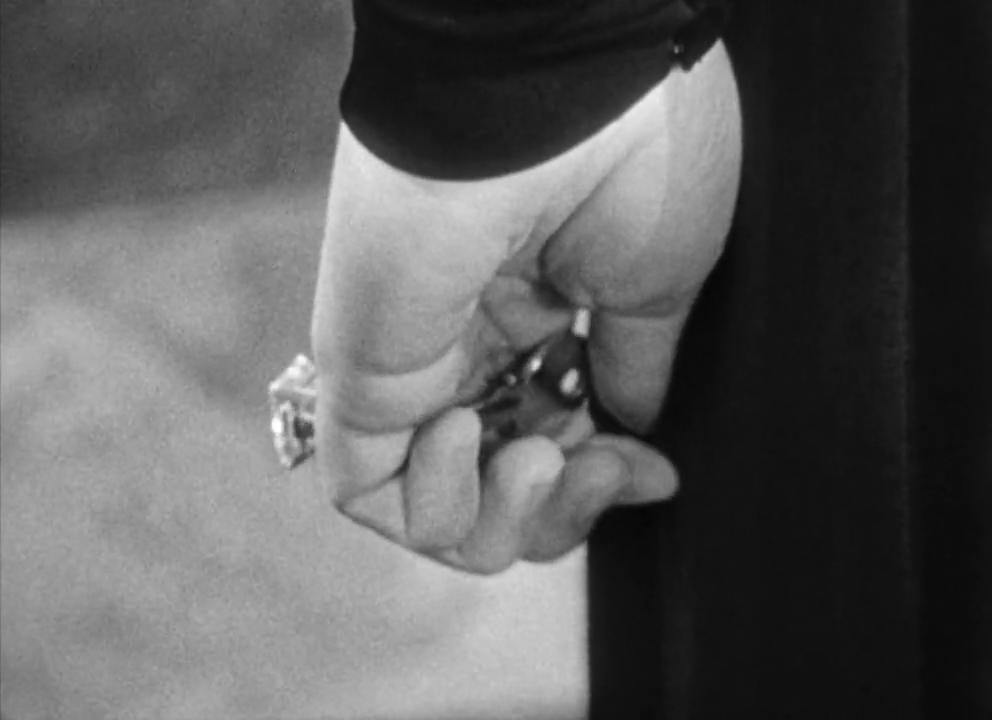What Lies Beneath was a departure for director Robert Zemeckis, whose credits were few since the massively popular Forrest Gump. Instead of the All-American, hopeful style he created with Back to the Future and Contact, he made this ghostly murder mystery with Harrison Ford and Michelle Pfeiffer as married couple Norman and Claire – a cast to die for, so to speak.
Like Hitchcock, Zemeckis wraps strong storytelling in inventive camera angles. It is clearly an homage to the Master of Suspense. There are numerous visual nods to the Master of Suspense and once you start watching for them, they seem to be everywhere, which only adds to the unsettling nature of the movie.
 Rear Window
Rear Window
After overhearing a loud argument between the neighbors, Claire (Pfeiffer) becomes concerned. Then when she sees the husband putting an unwieldy item in the truck of his car, in the middle of the night, and doesn’t hear from the wife for a few days, she becomes convinced she’s been murdered. Norman (Ford) even catches her peering through the curtains with binoculars, like Grace Kelly. And in a small nod to the original, Norman’s father is named Wendell, the name of Jimmy Stewart’s detective friend.

Suspicion
Zemeckis allows the audience to become suspicious of Norman. In a scene where Claire is wary, he mimics the famous milk glass on the stairs scene. Plus, there is the whole thing where a wife begins to suspect her own husband of murder.


Vertigo
This is probably the most represented Hitchcock film in What Lies Beneath. When Claire introduces herself to the neighbors, the audience follows her from behind and the camera focuses on a loose chignon in her hair, echoing the style of Kim Novak’s.
She is also carrying a bouquet of flowers, just as Madeline does. Claire, in a trance, dives into a lake and has to be pulled out of the water and warmed by the fire. And the piece of the puzzle that pulls it all together is a necklace.

Dial M for Murder
Near the end, Claire is fighting off an attacker and, sprawled across a desk, she strains to reach a sharp object to fight with. A phone call with no one at the other end figures prominently in the plot of both films.

Marnie
A less popular Hitchcock movie, Marnie centers around Tippi Hedren’s inability to understand a traumatic memory. The color red has some sort of connection and is often a trigger. Claire has also forgotten a trauma, one that holds clues to what is haunting her. These key scenes are punctuated with red costuming and set pieces.

Notorious
A key is the main McGuffin of Hitchcock’s classic, and is a clue for Claire. Several of her choices to investigate are driven by it. And in a reversal of the dramatic stair scene, Claire is carried up the stairs.

Psycho
Aside from Vertigo, the most obvious visual cues are from Psycho. A bathtub, rather than the shower, is the key location, but a shot of the drain and the pulling of the shower curtain are recreated. Zemeckis also includes the swinging lightbulb and the sinking of a car. Plus, Ford’s character’s name is Norman, after all.
There are many more references to Hitchcock films, like a boat and a missing body (Rebecca), a musical mother (The Man Who Knew Too Much), animals behaving strangely and a pick-up truck getaway (The Birds), and the funny, irreverent friend (Rear Window).
Originally written for DVD Netflix
